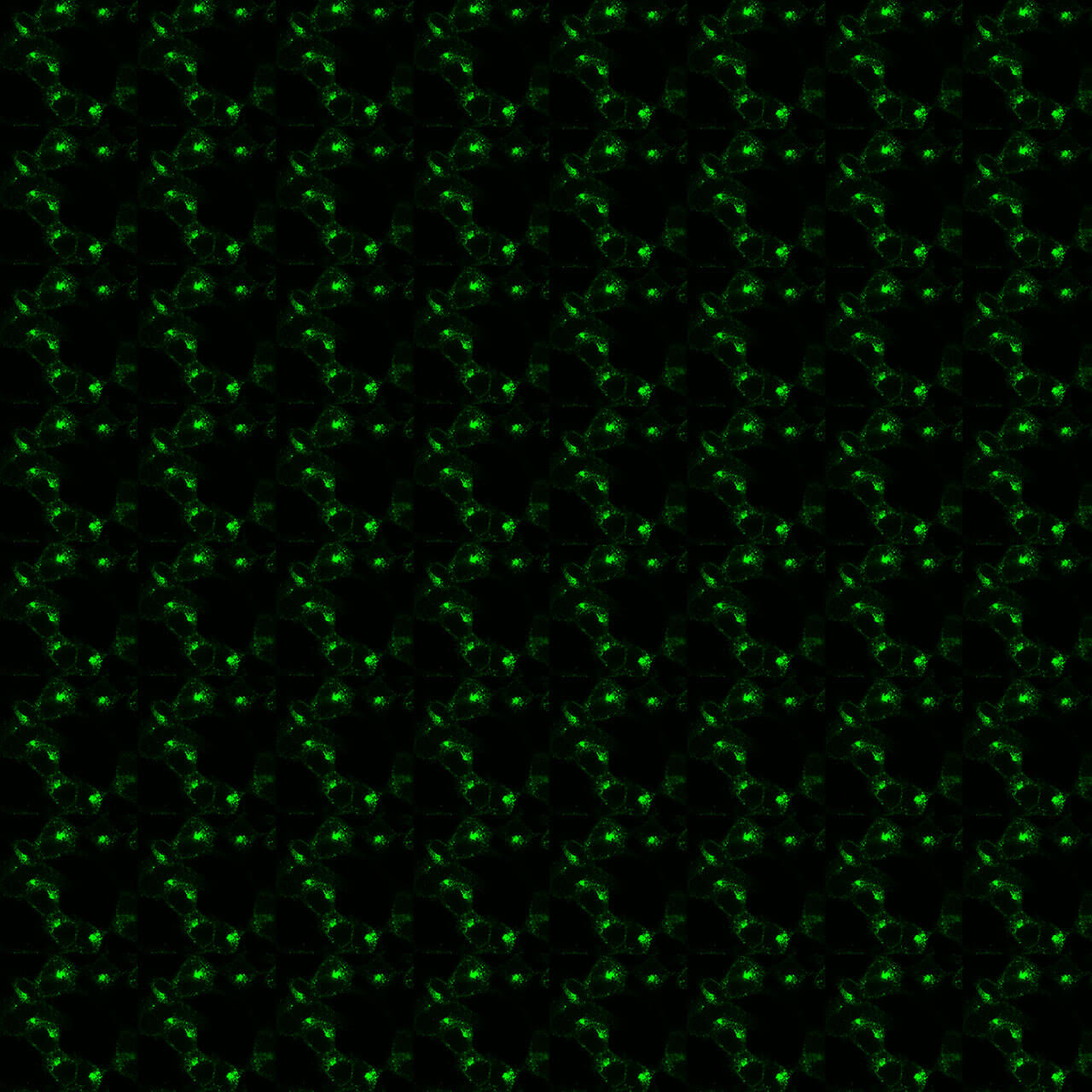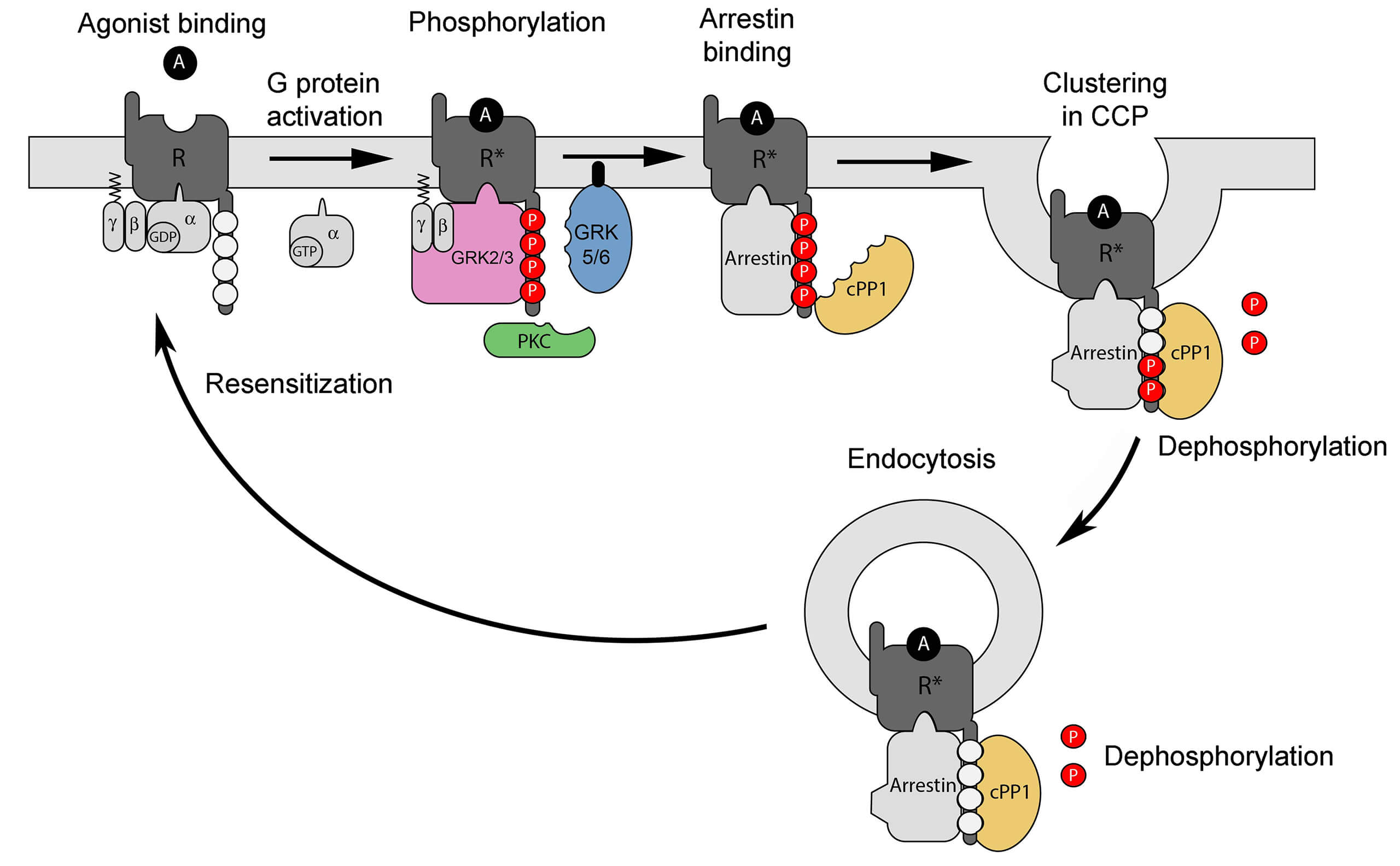No results were found for the filter!
Citations
NEW
 C5a1 (IHC-grade), Complement C5a Receptor 1...
C5a1 (IHC-grade), Complement C5a Receptor 1... The C5a1 receptor antibody is directed against the distal end of the carboxyl-terminal tail of human Complement 5a Receptor 1. It can be used to detect total C5a1 receptors in Western blots independent of phosphorylation. The C5a1...
£ 335.00 *
NEW
 ACKR4 (IHC-grade), Atypical Chemokine Receptor...
ACKR4 (IHC-grade), Atypical Chemokine Receptor... The ACKR4 receptor antibody is directed against the distal end of the carboxyl-terminal tail of human Atypical Chemokine Receptor 4. It can be used to detect total ACKR4 receptors in Western blots independent of phosphorylation. The...
£ 335.00 *
NEW
KO-Validated
 mC5a1 (IHC-grade), Complement C5a Receptor 1...
mC5a1 (IHC-grade), Complement C5a Receptor 1... The mouse C5a1 receptor antibody is directed against the distal end of the carboxyl-terminal tail of mouse and rat C5a1. It can be used to detect total C5a1 receptors in Western blots independent of phosphorylation. The mouse C5a1...
£ 335.00 *
NEW
 GPR17 (IHC-grade), G Protein-Coupled Receptor...
GPR17 (IHC-grade), G Protein-Coupled Receptor... The GPR17 antibody is directed against the distal end of the carboxyl-terminal tail of mouse, rat and human GRP17. It can be used to detect total GPR17 receptors in Western blots independent of phosphorylation. The GPR17 antibody can...
£ 335.00 *
Citations
NEW
 GPR84 (IHC-grade), G Protein-Coupled Receptor...
GPR84 (IHC-grade), G Protein-Coupled Receptor... The GPR84 antibody is directed against the distal end of the carboxyl-terminal tail of human GRP84. It can be used to detect total GPR84 receptors in Western blots independent of phosphorylation. The GPR84 antibody can also be used to...
£ 335.00 *
Citations
 NPS (IHC-grade), Neuropeptide S Antibody
NPS (IHC-grade), Neuropeptide S Antibody The NPS antibody is directed against human Neuropeptide S. The NPS antibody can be used to detect Neuropeptide S in formalin-fixed, paraffin-embedded tissue sections by immunohistochemistry.
£ 335.00 *
Citations
 N/OFQ (IHC-grade), Nociceptin/Orphanin FQ Antibody
N/OFQ (IHC-grade), Nociceptin/Orphanin FQ Antibody The N/OFQ receptor antibody is directed against human Nociceptin/Orphanin FQ. The N/OFQ antibody can be used to detect N/OFQ in formalin-fixed, paraffin-embedded tissue sections by immunohistochemistry.
£ 335.00 *
Citations
NEW
 pS425-CB1 (IHC-grade phospho-Cannabinoid...
pS425-CB1 (IHC-grade phospho-Cannabinoid... Serine425 (S425) is major phosphorylation site of the Cannabinoid Receptor 1 (CB1). The pS425-CB1 antibody detects phosphorylation in response to agonists. S425 phosphorylation is likely to be involved in efficient ligand sequestration...
£ 550.00 *
NEW
 pS296/pS297-FFA2 (IHC-grade phospho-FFA2 Antibody)
pS296/pS297-FFA2 (IHC-grade phospho-FFA2 Antibody) Serine296/Serine297 (S296/S297) is major phosphorylation site of the FFA Receptor 2 (FFA2). The pS296/pS297-FFA2 antibody detects constitutive phosphorylation of FFA2.
£ 550.00 *
NEW
 pT306/pT310-FFA2 (IHC grade phospho-FFA2 Antibody)
pT306/pT310-FFA2 (IHC grade phospho-FFA2 Antibody) Threonine306/Threonine310 (T306/T310) is major phosphorylation site of the FFA 2 Receptor (FFA2). The pT306/pT310-FFA2 antibody detects phosphorylation in response to agonists. T306/T310 phosphorylation is likely to be involved in...
£ 550.00 *
NEW
 D2 (IHC-grade), Dopamine Receptor 2 Antibody
D2 (IHC-grade), Dopamine Receptor 2 Antibody The D2 receptor antibody is directed against the third intracellular loop of mouse, rat and human D2 dopamine receptor. It detects both the long and short form of D2. It can be used to detect total D2 receptors in Western blots...
£ 335.00 *
NEW
 GPR15 (IHC-grade), G Protein-Coupled Receptor...
GPR15 (IHC-grade), G Protein-Coupled Receptor... The GPR15 antibody is directed against the distal end of the carboxyl-terminal tail of mouse, rat and human GRP15. It can be used to detect total GPR15 receptors in Western blots independent of phosphorylation. The GPR15 antibody can...
£ 335.00 *
NEW
 SUCNR1/GPR91 (IHC-grade), Succinate Receptor...
SUCNR1/GPR91 (IHC-grade), Succinate Receptor... The SUCNR1 receptor antibody is directed against the distal end of the carboxyl-terminal tail of human SUCNR1. It can be used to detect total SUCNR1 receptors in Western blots independent of phosphorylation. The SUCNR1 antibody can also...
£ 335.00 *
NEW
 GPR39 (IHC-grade), G Protein-Coupled Receptor...
GPR39 (IHC-grade), G Protein-Coupled Receptor... The GPR39 antibody is directed against the distal end of the carboxyl-terminal tail of mouse, rat and human GRP39. It can be used to detect total GPR39 receptors in Western blots independent of phosphorylation. The GPR39 antibody can...
£ 335.00 *
NEW
 NPSR (IHC-grade), Neuropeptide S Receptor Antibody
NPSR (IHC-grade), Neuropeptide S Receptor Antibody The NPSR antibody is directed against the distal end of the carboxyl-terminal tail of human Neuropeptide S Receptor. It can be used to detect total NPS receptors in Western blots independent of phosphorylation. The NPSR antibody can also...
£ 335.00 *
NEW
 pS339/pS340-CX3CR1 (phospho-CX3CR1 Chemokine...
pS339/pS340-CX3CR1 (phospho-CX3CR1 Chemokine... Serine339/Serine340 (S339/S340) is a major phosphorylation site of the CX3CR1 receptor. The pS339/pS340-CX3CR1 antibody detects phosphorylation in response to high- and low-efficacy agonists and after PKC activation. S339/S340...
£ 335.00 *
Recently viewed


